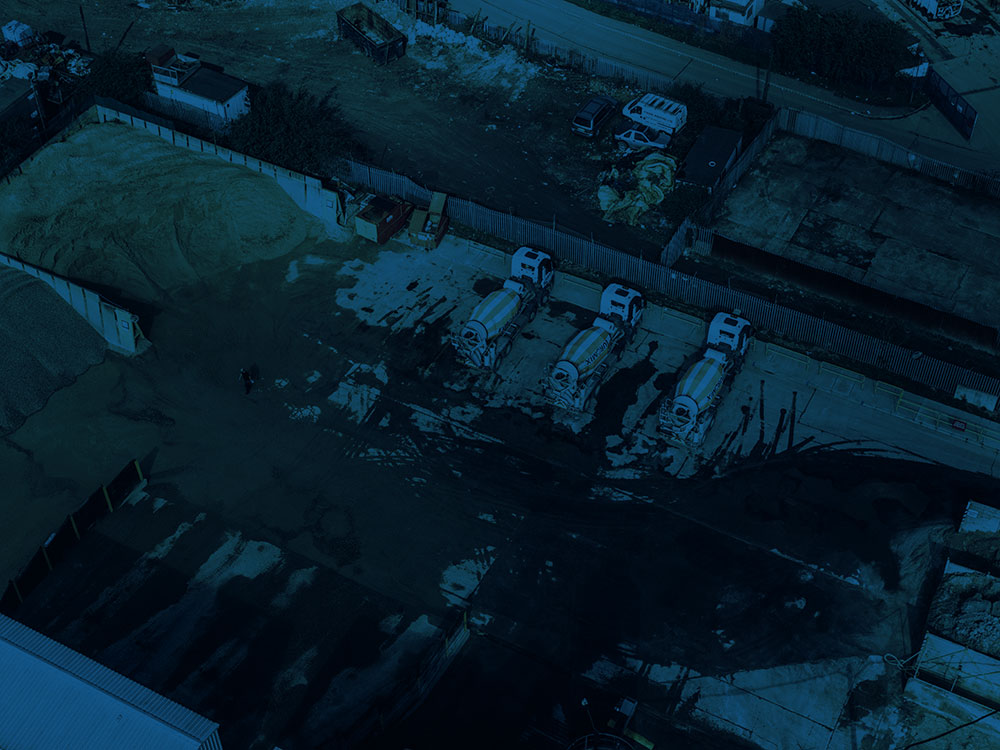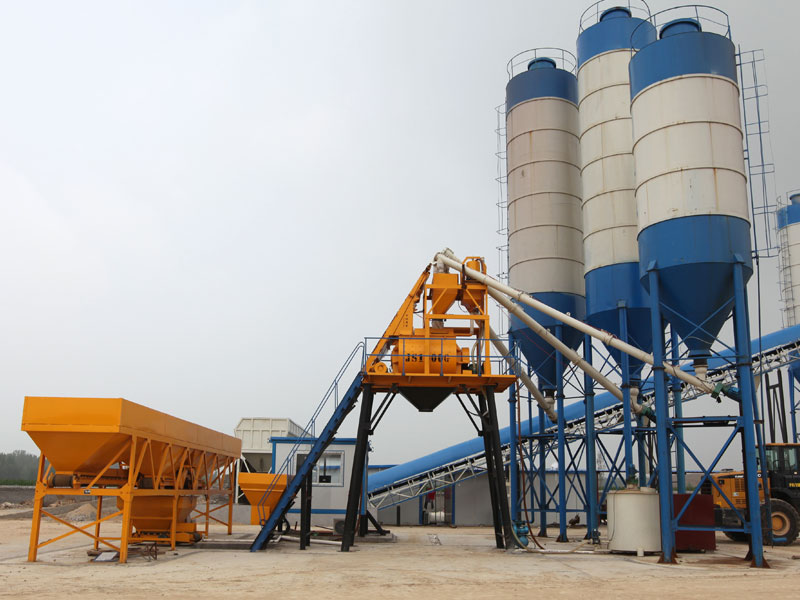Ready Mix Concrete in Gastonia, NC
For a free estimate on your concrete repairs, installation or maintenance, call Gastonia Concrete Today!
What is Ready Mix Concrete
Table of Contents
ToggleReady-mixed concrete is a mixture of cement, sand, aggregate (such as gravel or crushed rock), and water. Ready-mixed concrete is usually delivered in trucks to construction sites. The advantages of ready-mixed concrete include lower transportation costs, reduced labor cost (since it’s ready to use without the need for mixing), and increased production capacity. This increased production capacity allows Concrete contractors in Gastonia to increase the number of jobs they handle.

How to make ready mix concrete?
A 5lb bag of ready-mix concrete can be made in just a few simple steps. First, you need to add a bucket of water, a bucket of sand and a bucket of gravel to the mixture. Then mix all the ingredients together and pour the mixture into any shape you would like it to be in.
The history of ready mix concrete
Since the 1970s, when ready-mix concrete sales began to spread to the rest of North America, many companies have been producing ready-mix concrete primarily for sale in ready-mix trucks and mobile plants. Most modern production plants are large, typically with four or five mixing trucks at a time on site, and several automated production lines. Smaller plants, often home-based, may use a single mixing truck with a rotary hook and bucket.

How to pour ready mix concrete in Gastonia
Pouring concrete is not an easy task. Some of the most important factors are that it’s mixed correctly and that it makes it into every area of the mold or form.
You must scoop the concrete mixture into little molds and push the concrete into all crevices and gaps. To ensure coverage in confined locations, I’ve found it useful to push the concrete around using a thin stick.
The secret to creating a fantastic concrete casting is vibrating, even when concrete is evenly distributed throughout a form.
How to cure ready mix concrete
How long does concrete take to cure?
Although concrete never completely stops curing and typically gets stronger over time, most concrete mixes call for a 28-day curing period in order to attain a practical strength.
The concrete should have gained around three-quarters of its compressive strength after about a week, but we suggest you to wait to put weight on it until the recommended curing time has elapsed (28 days).
It is strongly advised to follow best practices because placing weight on the concrete before it has had the necessary amount of drying time could cause damage to your work.
How to finish ready mix concrete
When you have all the necessary equipment, you can begin. The procedures for polishing a concrete slab are as follows:
Lay out the concrete
Put a square shaped blade or C-shaped blade onto the back of wet concrete. Push and pull the dry concrete into place until it’s fully hardened.
Concrete screeds
This phase involves removing extra concrete and leveling the concrete’s surface. Use a straight board or a screed, a specialized instrument.
Float off concrete
To level ridges, fill gaps, and just barely bury the aggregate, use a bull float or darby. After that, let the bleed water go away.
Create a border between two types of ground
Use an edger to cut clean, rounded edges around the slab’s perimeter once all of the bleed water has been removed.
Create patterned grooves along the surface
By using a grooving tool to unite the slab, you can avoid unwelcome fissures.
Smooth and Even the surface
Use a steel trowel or fresno for this stage if you want to get a smooth, firm, dense surface. If you want to broom finish your concrete or add a decorative finish, don’t trowel it.
The benefits of ready mix concrete
Ready mix concrete is a cost-effective and helpful solution for any construction project. It can be mixed on-site in just minutes and provide a durable, stable foundation for any job. There are various additives available to make the concrete even more effective, such as fiberglass mesh that strengthens the structure.
The drawbacks of ready mix concrete
- Requires a substantial upfront expenditure.
- It is not appropriate for little projects (less quantity of concrete is required).
- From the batching facility to the job site, an efficient transportation system is required.
- To prevent slumps in the mixture, labor should be available on site and ready to cast the concrete into place right away.
- After leaving the batching plant, concrete has a limited shelf life and must be used within 210 minutes. A difficulty could arise from a traffic gridlock or a car trouble.
How to store ready mix concrete in Gastonia, NC
You won’t be able to store your concrete after it’s ready to pour. The concrete will start to cure if it is not “agitated” by a concrete truck, a portable concrete mixer, or by hand. The process of curing, often known as “setting,” refers to the concrete’s eventual hardening. Relaying concrete is not only impractical but frequently unsafe once the curing process has started. It will be considerably weaker than freshly mixed concrete once it has dried out.
Important things to know about Ready-mix Concrete
In 2018, the ready-mix concrete industry produced 21.6 million cubic yards of concrete in the United States.
Ready-mix concrete is a type of concrete that is manufactured in a factory or batching plant, according to a set recipe, and then delivered to a work site by truck mounted in–transit mixers.
The first ready-mix factory was built in 1930s.
Ready-mix concrete is often referred to as concrete “on-demand” because it is batched for delivery from a central plant instead of being mixed on the job site.
The main advantages of using ready-mix concrete are: convenience, consistent quality, and time savings.
The main disadvantages of using ready-mix concrete are: cost, lack of flexibility, and damage.
Ready-mix Concrete FAQs
Is ready-mixed concrete less expensive?
A ready-mix delivery will therefore start out at the same price, if not less expensive, depending on how you have the bags delivered to your home. Instead of mixing it in a wheelbarrow, you might want to consider renting a portable mixer. Don’t forget to include that cost in your price, as well as any other specific tool rentals.
What distinguishes ready-mix concrete from regular concrete?
Despite being more expensive, ready-mix concrete is frequently preferable for various tasks. When concrete is made in a factory setting, ready-mix concrete delivers a higher quality, and batch variation is small.
What is the purpose of ready-mix cement?
Among the many uses for ready-mix concrete are civil engineering projects, road construction, foundations, bridges, walls, floors & bases, driveways, and walkways. The strength and practicality of ready mix concrete are advantageous for any kind of building that needs a long-lasting material.
What is the Strength of Ready-Mix Concrete?
For footings and slabs that are on the ground, reinforced concrete usually ranges from 3,500 to 4,000 psi; for suspended slabs, beams, and girders, it ranges from 3,500 to 5,000 psi; and for walls and columns, it typically ranges from 3,000 to 5,000 psi. There will be various strengths needed when non-reinforced concrete is used.
How good is ready-mix concrete?
To sum up, despite rising costs, ready-mix concrete is typically preferable for the majority of construction projects. It delivers a significantly greater quality and allows for batch diversity when making concrete in a plant setting.
When will ready-mixed concrete be completely set?
Concrete is considered to be full strength after 28 days in ordinary industrial situations. You should have concrete that is 70% or more of the way to full strength after seven days. But in order to respond to the query, “How long does concrete take to set?” concrete typically sets in 24 to 48 hours.
For a free estimate on your concrete repairs, installation or maintenance, call Gastonia Concrete Today!